Affordable Arthritis Stem Cell Therapy in India: What You Need to Know
.png)
Living with arthritis means navigating a daily landscape of pain, stiffness, and reduced mobility. For many, traditional treatments like painkillers or invasive joint replacement surgeries feel like extreme or temporary solutions. This has led to a surge in interest for regenerative medicine, specifically stem cell therapy. However, the high price tag of this treatment in countries like the US or UK often puts it out of reach.
India has emerged as a beacon of hope for patients seeking affordable, high-quality regenerative care. The arthritis stem cell India treatment cost is a fraction of what you would pay globally, without compromising on medical expertise. Indian hospitals are equipped with state-of-the-art labs and experienced orthopedic specialists who are pioneering minimally invasive techniques to help regenerate cartilage and reduce inflammation.
In this guide, we will break down the exact costs, compare them with global prices, and answer the critical questions you have about safety, success rates, and what exactly you are paying for. Whether you are battling osteoarthritis in the knees or rheumatoid arthritis, understanding the financial and medical landscape in India is your first step toward a pain-free life.
What is the average cost of stem cell therapy for knees in India?
When you look at the numbers, the value proposition of India becomes clear. A single cycle of stem cell therapy for knee osteoarthritis in India typically costs between $3,500 and $5,000. This variance depends largely on the severity of the condition (Grade 1 vs. Grade 4 arthritis) and the type of facility you choose—whether it is a specialized boutique clinic or a large multi-specialty corporate hospital.
For patients suffering from arthritis in both knees, doctors often recommend treating both simultaneously to ensure balanced recovery and gait. Bilateral packages are cost-effective, often ranging from $6,000 to $8,000. These comprehensive packages usually cover the harvesting of stem cells (from bone marrow or adipose tissue), laboratory processing, the injection procedure, and post-procedure physiotherapy sessions which are crucial for stimulating the cells.
How does the cost in India compare to the USA and UK?
The cost difference is stark. In the United States, stem cell therapy for arthritis is rarely covered by insurance and is considered an out-of-pocket expense. A single knee treatment in the US can easily run from $8,000 to over $15,000 depending on the clinic's prestige and location. In the UK and Europe, prices are similarly high, often starting at £8,000 ($10,000+) due to high overheads and strict regulatory costs.
India offers the same medical technology—often importing the exact same centrifugation and processing kits used in the West—at a much lower price point. This is due to the lower cost of living, lower salaries for medical staff, and competitive pricing among top private hospitals. The table below illustrates the potential savings for a standard knee arthritis protocol.
| Country | Estimated Cost (USD) | Savings in India |
|---|---|---|
| India | $4,000 - $8,000 | — |
| USA | $15,000 - $30,000+ | 70% - 80% |
| United Kingdom | $12,000 - $25,000 | 60% - 70% |
| Australia | $10,000 - $20,000 | 50% - 60% |
| Thailand | $7,000 - $12,000 | 30% - 40% |
What factors influence the price of treatment?
Not all stem cell treatments are created equal, and the price tag reflects the complexity of the procedure. One major factor is the source of the cells. Autologous treatments, where cells are harvested from your own body (usually bone marrow or adipose fat tissue), are standard. Bone marrow aspiration is generally more involved than a simple blood draw, potentially increasing the cost.
Another cost driver is the processing method. Some clinics use simple bedside centrifugation (PRP-like methods), which is cheaper but yields fewer cells. High-end clinics use extensive laboratory culture (expansion) techniques to multiply the stem cells into the millions before injection. While this "culture-expanded" method is more expensive due to lab costs, it often provides a higher therapeutic dose, which is critical for severe arthritis.
Is stem cell therapy for arthritis legal in India?
The regulatory landscape in India is overseen by the Indian Council of Medical Research (ICMR). Currently, stem cell therapy is not considered a "standard of care" for arthritis like a knee replacement is. However, it is widely practiced under the umbrella of "experimental" or "research-based" therapy, specifically when using autologous cells (patient's own cells).
Clinics operating legally must adhere to strict ethical guidelines. They typically use minimally manipulated cells—meaning the cells are harvested, processed to remove impurities, and re-injected without undergoing chemical changes that alter their fundamental function. Patients should always verify that their chosen hospital follows these national guidelines and documents the treatment as part of a registered clinical protocol.
What is the success rate for knee arthritis stem cell therapy?
Success in arthritis treatment is measured by pain reduction, improved range of motion, and the delaying of joint replacement surgery. For patients with Grade 1 to Grade 3 osteoarthritis (mild to moderate), Indian specialists report good to excellent outcomes in about 70-80% of cases. Patients often report being able to walk longer distances and climb stairs with less pain within 3 to 6 months post-treatment.
For Grade 4 (bone-on-bone) arthritis, the success rate drops. While stem cells can still provide powerful anti-inflammatory relief, they cannot regrow a completely worn-out cartilage cap. In these severe cases, honest Indian specialists will often recommend a total knee replacement instead or manage expectations carefully, framing the therapy as pain management rather than a cure.
Is stem cell therapy better than knee replacement surgery?
This is the most common question patients ask. Knee replacement is a mechanical solution to a biological problem—it involves cutting out the damaged joint and replacing it with metal and plastic. It has a high success rate but comes with risks like infection, blood clots, and a long, painful recovery period of 3-6 months. It is also irreversible.
Stem cell therapy, on the other hand, is biological preservation. It aims to save the natural joint by healing the tissue and reducing inflammation. It is minimally invasive, performed as a day-care procedure, and has a recovery time measured in days, not months. However, it is not a "better" option for everyone; it is the superior choice for younger patients or those with moderate arthritis who want to avoid surgery, while replacement remains the gold standard for completely destroyed joints.
What types of arthritis can be treated in India?
While knee osteoarthritis is the most common condition treated, Indian regenerative centers treat a wide spectrum of joint issues. Rheumatoid Arthritis (RA), an autoimmune condition where the body attacks its own joints, is also treated using intravenous (IV) stem cells. The goal here is systemic immunomodulation—teaching the immune system to stop attacking the joints.
Other common applications include hip arthritis (often avascular necrosis), shoulder rotator cuff tears, and ankle arthritis. The cost for treating smaller joints or systemic autoimmune conditions may vary from the standard knee packages, so it is vital to get a personalized quote based on your specific diagnosis.
Does insurance cover stem cell treatment in India?
Currently, most international and domestic insurance providers view stem cell therapy for orthopedic conditions as "investigational." Therefore, they typically do not reimburse the costs. This is one of the primary reasons patients travel to India—since they are paying cash, they need the most affordable yet safe option available.
However, some parts of the hospitalization (like the room rent, nursing charges, or diagnostic MRI scans) might be covered if you have a comprehensive global health policy that covers hospitalization in India. It is always worth checking with your provider, but you should budget for the entire procedure to be a self-pay expense.
What is the procedure recovery time?
One of the biggest advantages of this therapy is the minimal downtime. The procedure is usually done under local anesthesia or mild sedation. Patients walk out of the clinic the same day, though they may need crutches for 24-48 hours to keep weight off the treated joint. Mild swelling is normal for the first few days.
Most patients can return to desk jobs within 3 days. However, high-impact activities like running or heavy lifting must be avoided for at least 6 weeks to allow the stem cells to settle and begin their work. The real "recovery"—the reduction of pain—is gradual, with improvements often noticed starting at the 3-week mark and continuing for up to a year.
How do I choose the best hospital for this treatment?
Selecting the right provider is critical for safety and results. India has world-class hospitals in cities like Mumbai, Bangalore, Delhi, and Chennai that are JCI (Joint Commission International) accredited—the gold standard for global healthcare. Do not settle for small, unaccredited clinics just to save a few hundred dollars.
Key questions to ask include: Does the hospital have an in-house laboratory to process cells (ensuring viability)? Is the surgeon an orthopedist specializing in regenerative medicine? Can they provide patient testimonials or speak to you via video call before you travel? Reputable platforms like PlacidWay can help verify these credentials for you.
What are the potential side effects?
Because the treatment uses your body's own material (autologous cells), the risk of allergic reaction or rejection is virtually zero. This makes it significantly safer than knee replacement surgery, which carries risks of blood clots and implant failure.
The most common complaint is mild soreness at the site where bone marrow or fat was harvested, which feels like a bruise and heals within a week. Infection is a theoretical risk with any injection, but in a sterile, accredited Indian hospital operating theater, this risk is negligible. Serious adverse events are extremely rare when protocols are followed correctly.
What is included in a typical treatment package?
Indian medical tourism is famous for its hospitality. A standard package for an international patient is designed to be "hassle-free." Beyond the medical procedure, it often includes a dedicated case manager who handles your appointments and logistics.
You can expect the package to cover your airport pickup, all necessary blood work and imaging (MRI/X-ray), the operating theater charges, anesthesia, and the stem cell processing fees. Many premium packages also assist with booking nearby hotels for your recovery days and provide a local SIM card to keep you connected. Accommodation and flights are usually not included in the medical quote but are very affordable in India.
Ready to find affordable relief for your arthritis?
Visit PlacidWay to compare top Indian clinics and get a free personalized quote today.


.png)
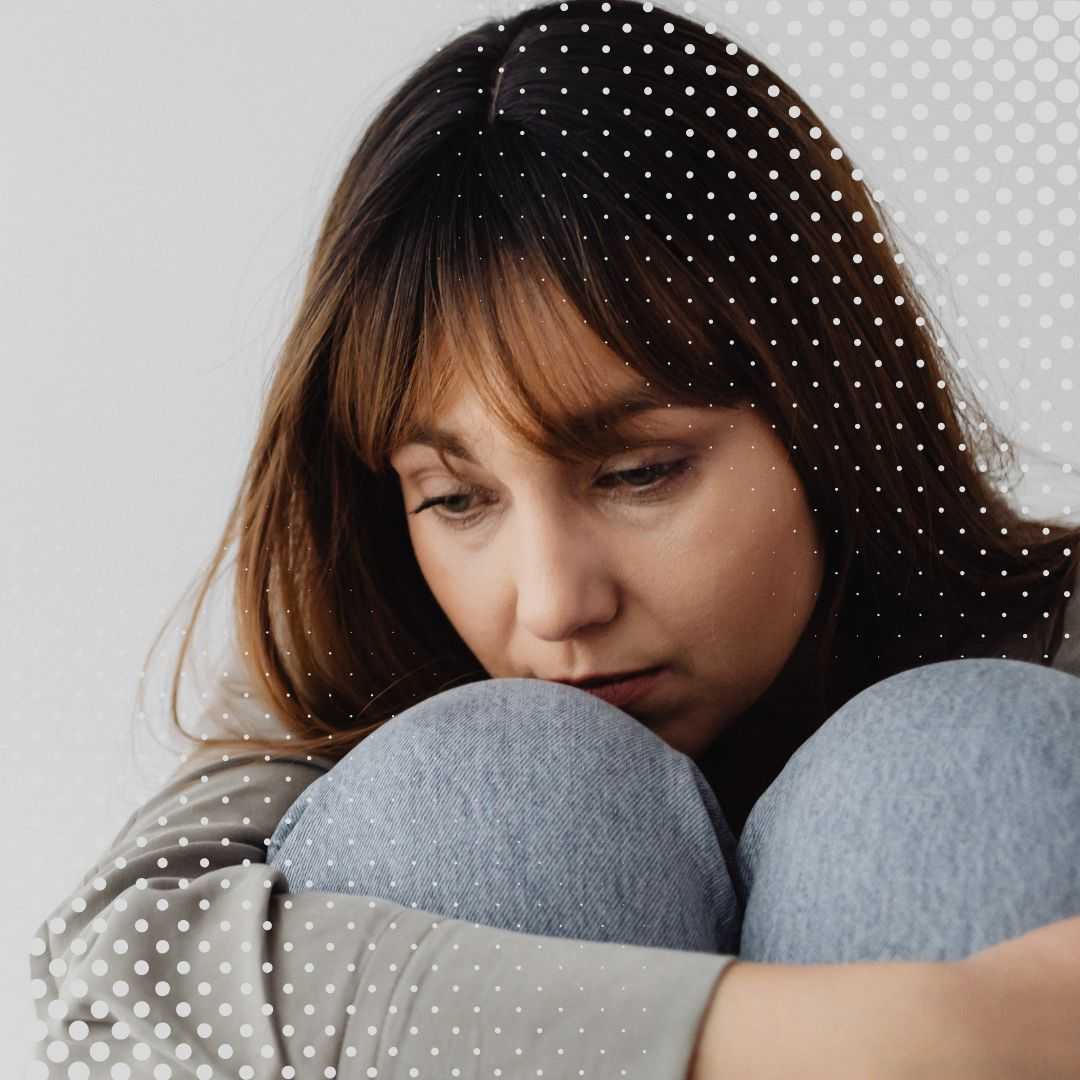


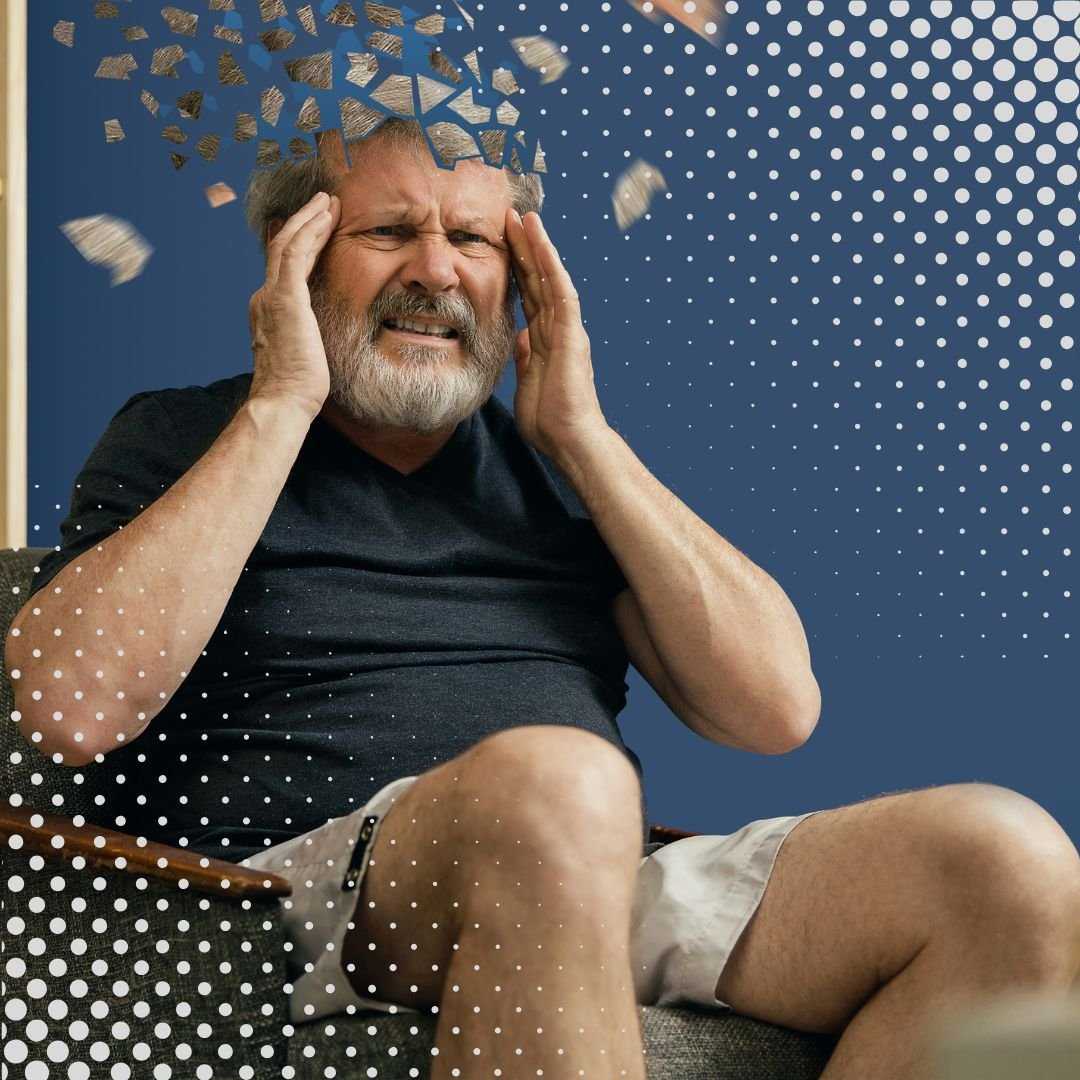
.jpg)

.jpg)

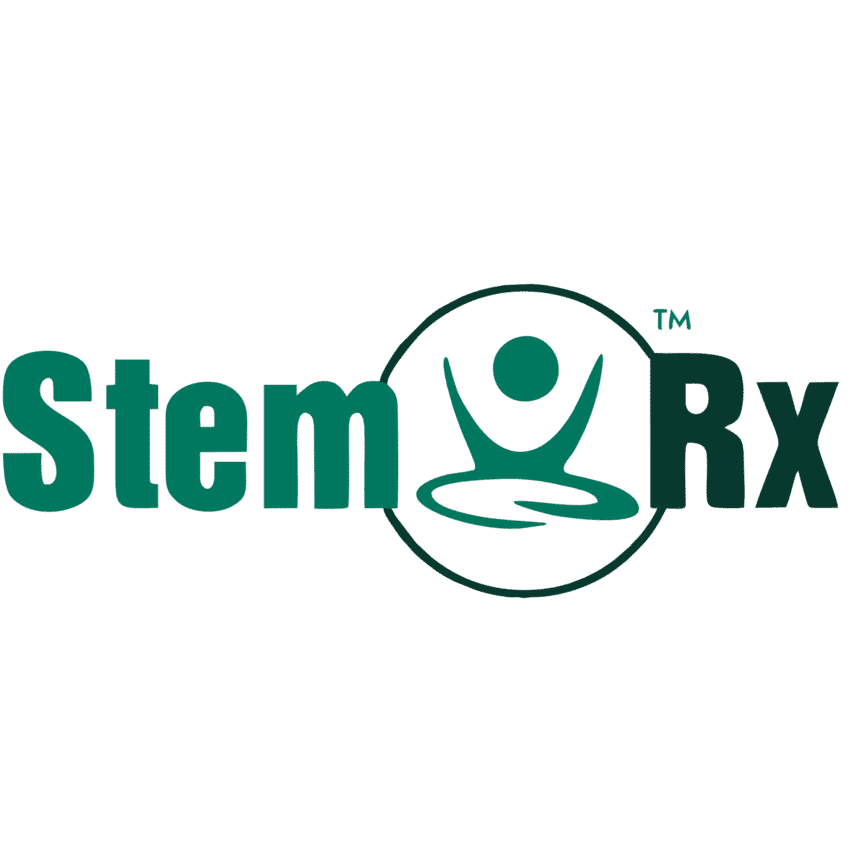

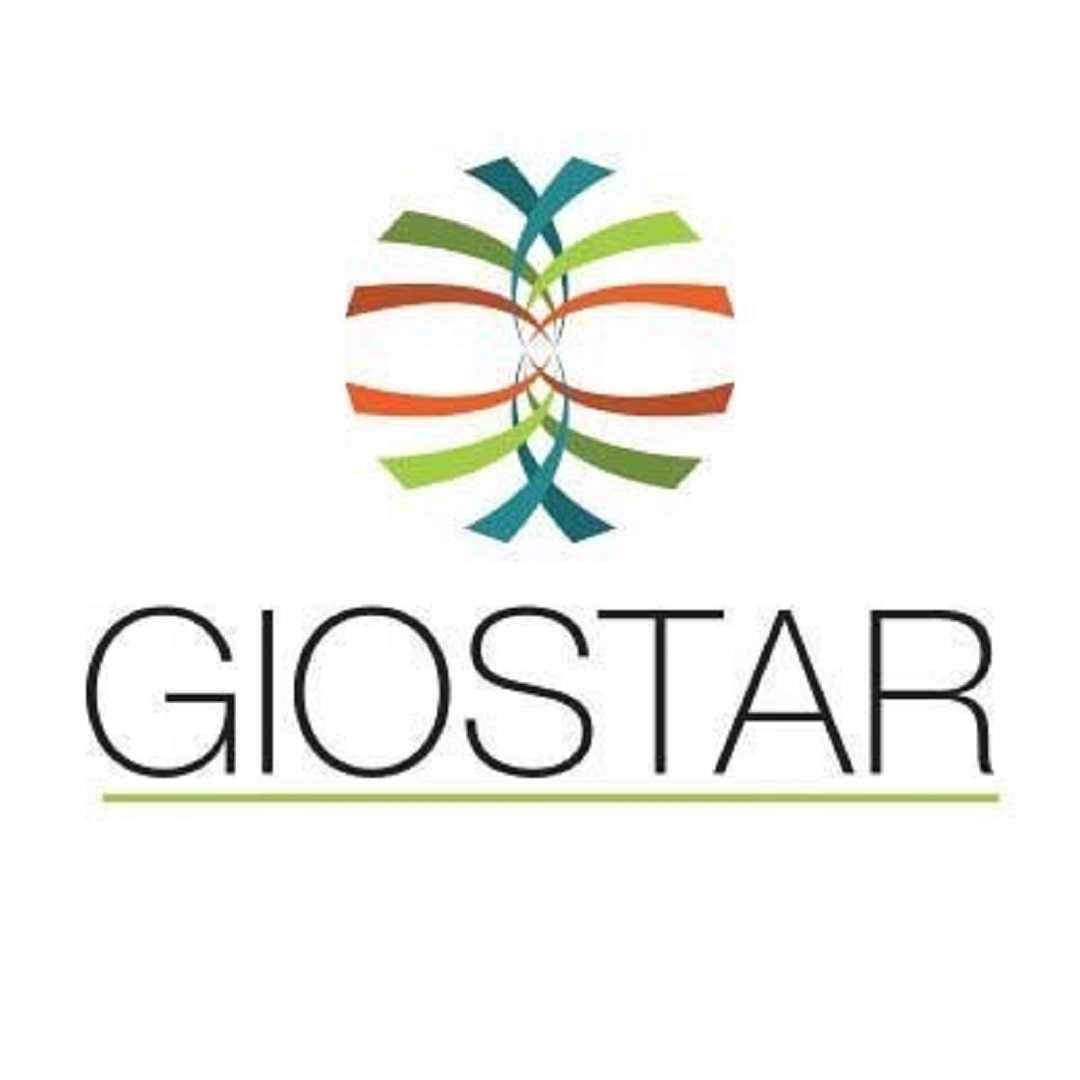
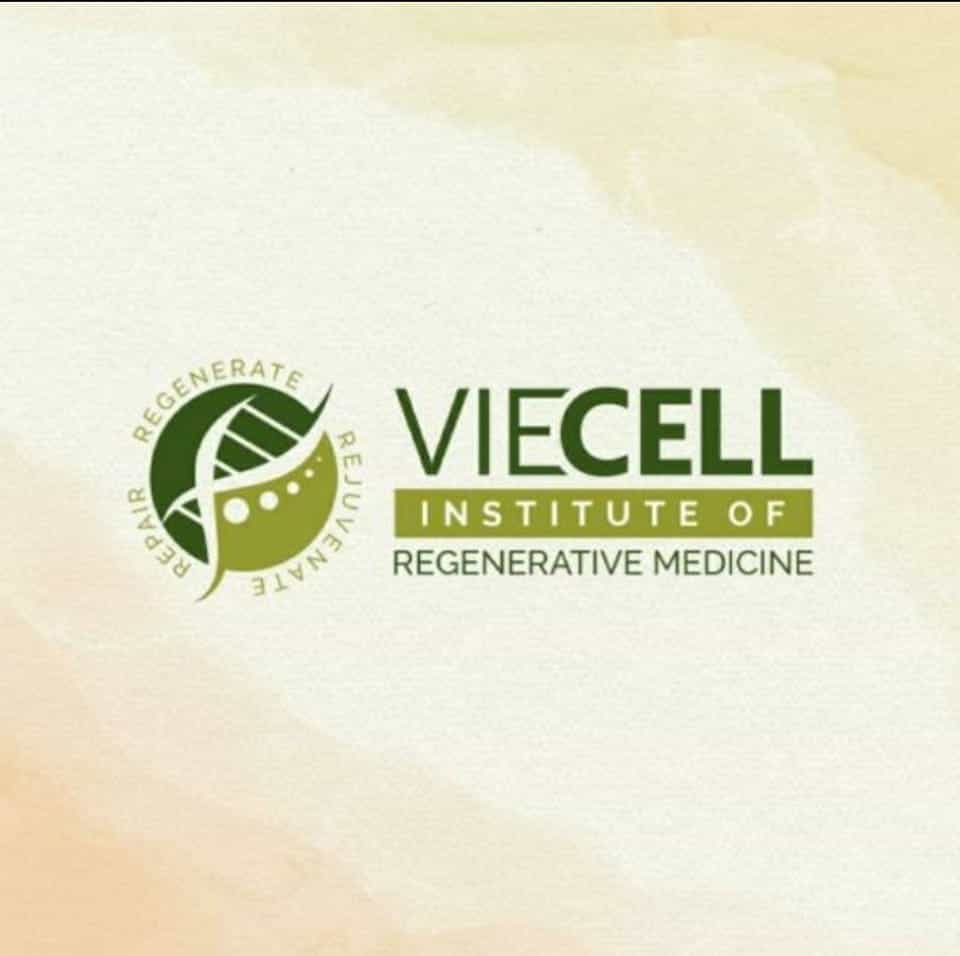
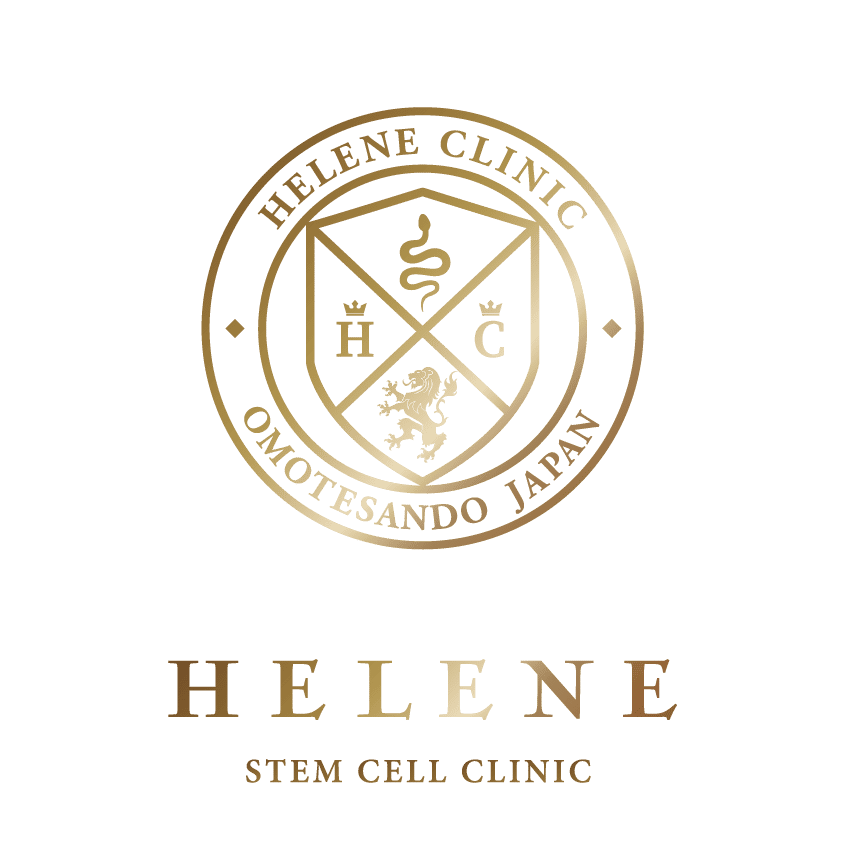

Share this listing